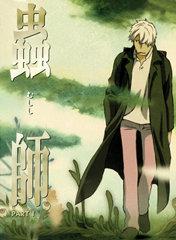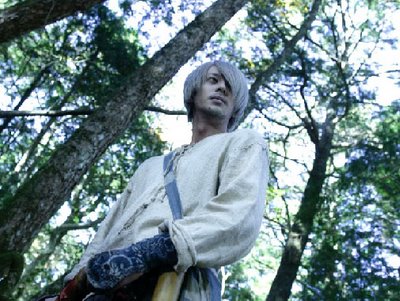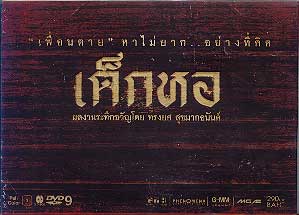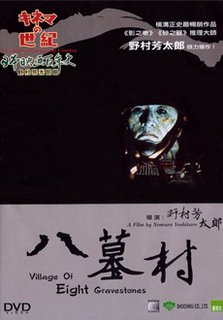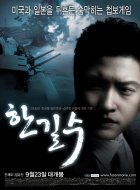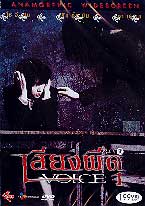 VOICE - WHISPERING CORRIDORS 4
VOICE - WHISPERING CORRIDORS 4(2005, Korea, aka 'VOICE LETTER')
PAL all-region Thai DVD (released by Rose)
Fourth in the Whispering Corridors series, Voice has the most lavish budget in the series and delivers a stylish, bloody ghost story
The 4 films are linked by similar themes rather than by ongoing characters. Each film is set in a girls’s high school ‘with a history’, with a story that involves suicide, lesbian relationships, and schoolgirls haunted by their dead friends. Whispering Corridors (1998) got the series off to a shaky start. Memento Mori (1999) however, is a very good drama, with convincing naturalistic performances depicting modern school life. Halfway through, the film then concentrates on the ghost story and becomes less individual. It’s a good film, but not an essential horror. The Wishing Stairs (2003) then fell back on Ring for horror ideas and failed as a drama due to a lower standard of acting. Other films, like Bunshinsaba, were using similar story ideas to greater effect, if horror is what you’re hoping for.
But now, Voice is a giant leap forwards for the series, with fresh new ideas on scares, ghosts and twists. There’s also enough money for some unique visual FX flourishes, like when the ghost tries to piece together her memories. The cinematography is stylish and beautifully realised, adding rich colour to some scenes, defying the muted colours of the school. The cast is fantastic and very watchable. The depiction of school life isn’t as realistic as Memento Mori, but Voice succeeds admirably as a ghost story, with the added slant of having the ghost taking centre stage.
There are some startling death scenes and some extensive FX to depict the various complications of being dead, for instance, the ghost girl being confined to the school. These are ambitious and imaginatively done, but look more scientific than spiritual, as if the afterlife were a natural phenomenon.
It all helps the story take some startling turns and makes for a very different and eventful modern ghost story. The film falters a little towards the end, as the climax is a little drawn out. But if you're after horror, this is the main film in the series to recommend.

The Thai DVD release (pictured at top) is very reasonably priced, but at the expense of the film's extensive sound design. Music and voices are central to the plot, but unfortunately the original Korean mix is only available in stereo. It would certainly be worth getting a version with the 5.1 Korean mix if you have the right audio equipment. Only the Thai dub is in 5.1 on this release. If that’s not a problem, and you’re not expecting any extras, this is a well produced DVD, with great picture quality and well-translated and presented English subtitles. Strangely though, a couple of scenes of a schoolgirl smoking has been digitally blurred out. It’s not crucial to the film, but it is annoying.
November 2007 update: a Korean DVD with English subtitles and 5.1 audio has since been released, available here. Presumably it will have none of the Thai censorship either.
- - - - - - -


